Can anyone help my 13 year-old with an assignment? I have little knowledge about electricity and I need to teach her about circuits. We have a question from her seventh grade science book that has us stumped. The chapter is titled "Electric Charges and Currents" and the section from which it comes is titled "Series and Parallel Circuits". The section gives a basic definition for a series circuit and a parallel circuit followed by several questions. The one we are stumped on is written exactly like this:
Can a circuit be a combination of series connections and parallel connections? Explain your answer.
Any examples would be appreciated.


